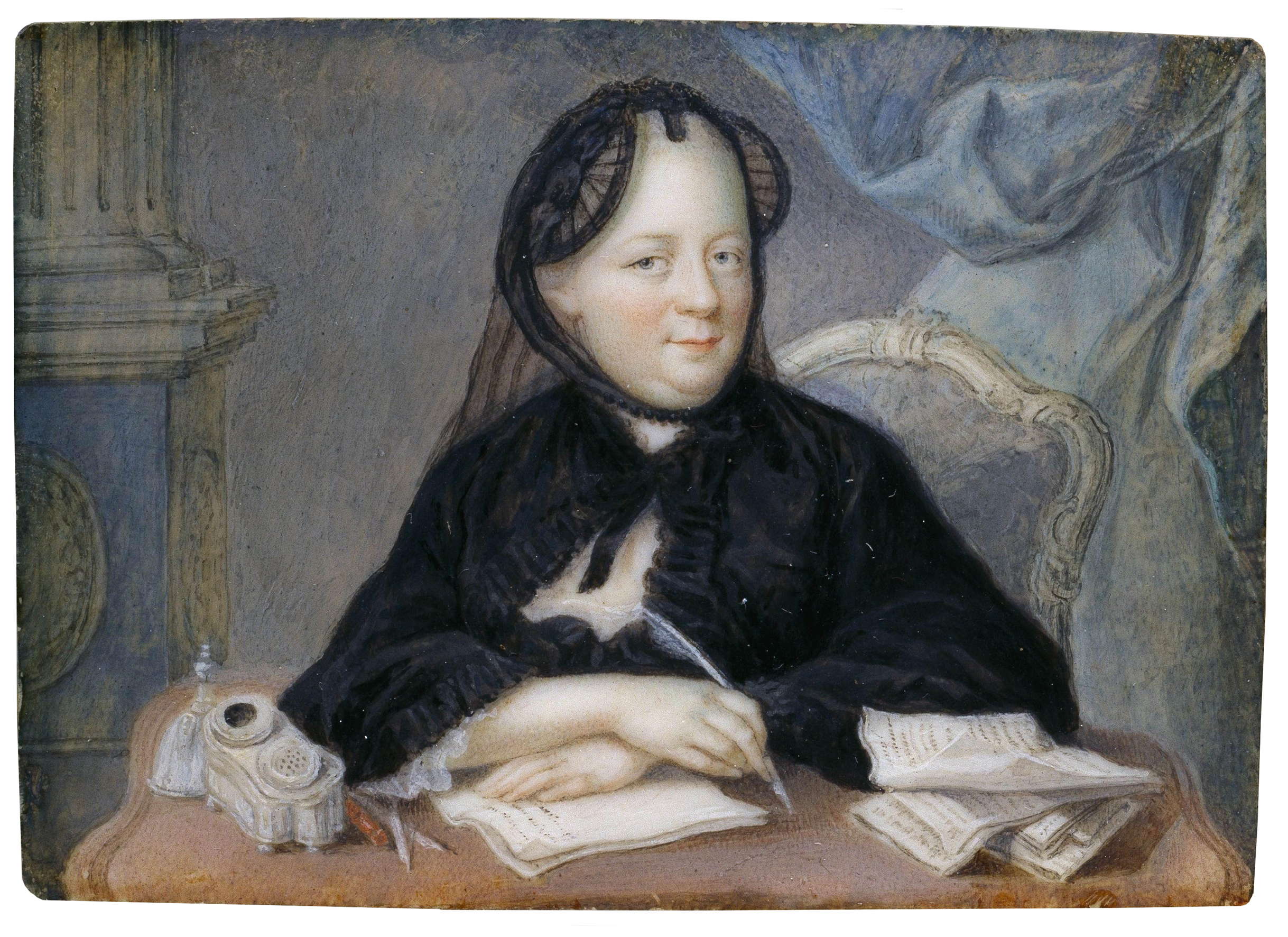
(I have strong Venetian roots…yet, I love Napoleon…Hmm…For many Venetians, this is, still today, a very divided and somewhat ‘better-left-alone’ kind of topic.
When Napoleon conquered Venice and terminated the Venetian Republic once and for all, it was a glorious day for the people of the region, who had suffered much oppression; but an everlasting blow to the Venetian aristocracy. Venice, ‘Queen of the Adriatic’, would no longer be).
Okay, on with the book already…
There is a particular hotel in Venice, Palazzo Mocenigo, on Venice’s Grand Canal, which has now been converted into apartments. In it stands a 10-foot statue of Napoleon, dating from the time of the end of the Republic…I know this because I’ve been told about it repeatedly, and, have seen it myself. Interestingly, the statue is connected to the story of an aristocratic lady who once lived in the times of the Revolution, specifically in Venice. Her name was Lucia.
One of her descendants,
Andrea di Robilant tells her story in the book:
Lucia: A Venetian Life in the Age of Napoleon. He was inspired by the statue of Napoleon standing in the Palace of one of his ancestral great-great-grandfathers, to find out more. The story revealed itself to him when he found an unopened box containing letters of correspondence written by Lucia, his great-great-great-great grandmother.
The story of Lucia is not terribly exciting. She wasn’t famous or anything, but she was certainly part of the aristocracy of the times. She married at the age of 15 to Alvise Mocenigo. Through her letters you can sense the loneliness and sadness of a woman who was resigned to make the best of her marriage. Alvise is portrayed as cold and very goal-oriented, with little time for romance or love (for Lucia, that is). Lucia had wanted more. I never sensed any joy from her except that she had immense love for her family, especially for her sister. Throughout the book, her husband, who is politically affiliated to the Revolutionaries is constantly traveling and trying to make best to stay solvent; while Lucia continues to make connections with the ‘right’ people in society’s well-known circles.
Even though, the book is solely based on letters and facts, (dated letters only- throughout the book), I was still very interested in the happenings of day to day life in Lucia’s world. I felt her very real and was able to make a connection with this woman who struggled to keep up with the aristocracy while trying to bridge differences within the different political agendas of the time, for her husband. Despite her husband’s loyalty to his party, Lucia’s love for Venice is repeated throughout the book. She despised the fact that Venice was being overthrown- the Republic falling. For back then, Lucia was quite entrepreneurial and had a good sense of business relations. She was, as well, politically knowledgeable. After the fall of the Republic, Lucia actually befriended Josephine, and was even part of Eugene’s court as lady-in-waiting to his wife, Augusta. this is well noted in her letters.
The story has a few extremely sad moments; (spoiler) involving her son. Lucia, I felt was never truly happy. She went through the motions of what was expected of her. She was true to her sister and cared for her happiness. She was a doting mother and a relentlessly dedicated wife to an undeserving and unfaithful husband. When it came to herself, though, it almost felt as though she was not entitled to happiness; this was also my feeling when Lucia finally found the love of her life. She denied her feelings and happiness all through her life. Lucia's life is not dramatic, but her days are filled with meetings, encounters and visits for influential and political reasons; all to benefit her family's security. The intricacy of her devised daily agenda itself, makes for an interesting read.
I believe that writing from personal letters is extremely challenging for any author; refraining from adding personal touches is extremely difficult.
Andrea de Robilant succeeds in telling Lucia’s story brilliantly and effortlessly despite this drawback. He allowed the letters to tell the story and so, Lucia’s world came to life, beautifully.
Perhaps my Venetian roots and my love for Venice and the 18th century is what held my interest throughout the book. I may be partial to the time and place, but even so, I was totally immersed in Lucia’s life and felt as though she could have been one of my own great-great-great-great grand relatives. I love this book.
If you’d like to read an interview with Andrea Robilant:
http://www.wmagazine.com/society/2008/02/andrea_di_robilant?currentPage=1





























.jpg)










